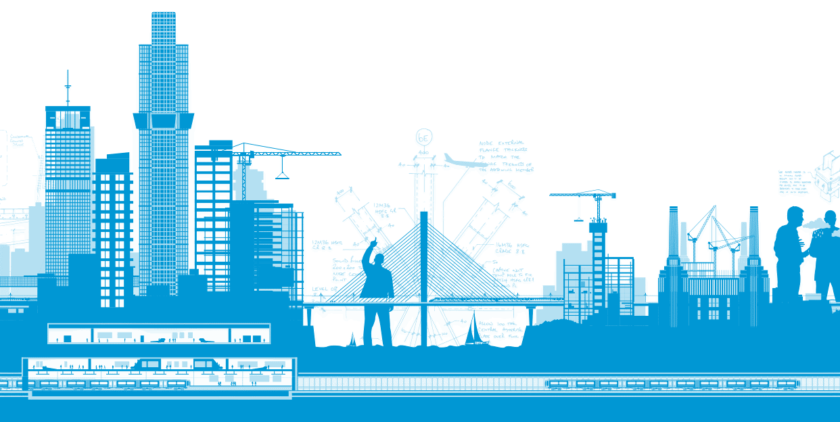AI (artificial intelligence) has the potential to revolutionize civil engineering by optimizing designs, improving safety, and enhancing efficiency. Here are some examples of how AI is being used in civil engineering today:
Design Optimization: AI can analyze large amounts of data and simulate different scenarios to help civil engineers optimize designs for structures like bridges and buildings. This reduces costs and improves safety.
Predictive Maintenance: AI can monitor and analyze data from sensors on structures like bridges to identify potential maintenance needs before they become a safety concern. This reduces maintenance costs and improves safety.
Traffic Management: AI can optimize traffic flow and reduce congestion by analyzing data from traffic sensors and cameras, and predicting traffic patterns. This improves safety and reduces travel times for drivers.
Disaster Response: AI can help first responders quickly identify areas of a city affected by a disaster, such as an earthquake or flood. This prioritizes rescue efforts and provides aid more quickly to those in need.
Quality Control: AI can analyze data from construction sites to identify potential defects in materials or workmanship. This improves quality control and ensures that structures are built to a high standard.
While AI technology continues to evolve, it’s important to note that it’s not a replacement for human engineers and their expertise. Rather, it’s a tool that enhances their work and improves safety and efficiency in the field.
In conclusion, embracing AI in civil engineering enables engineers to work smarter and more efficiently, delivering better outcomes for their clients and society as a whole. Contact us to learn how our AI solutions can benefit your civil engineering projects.

